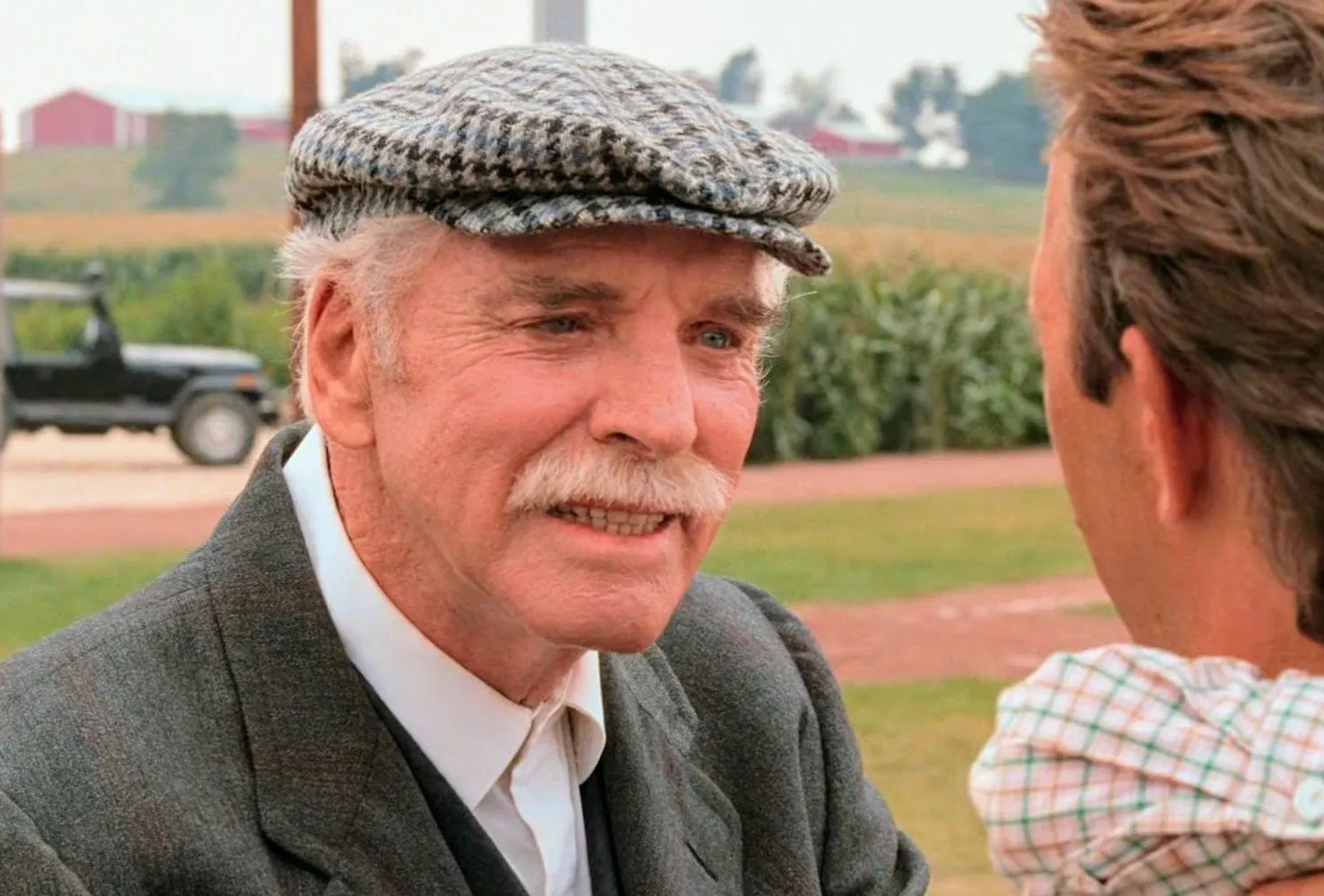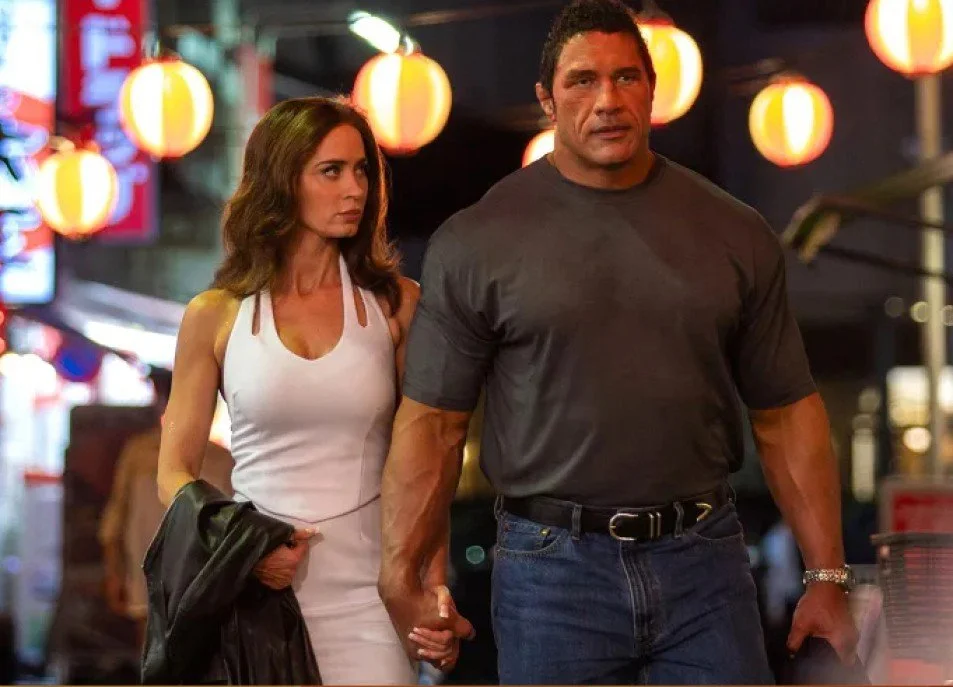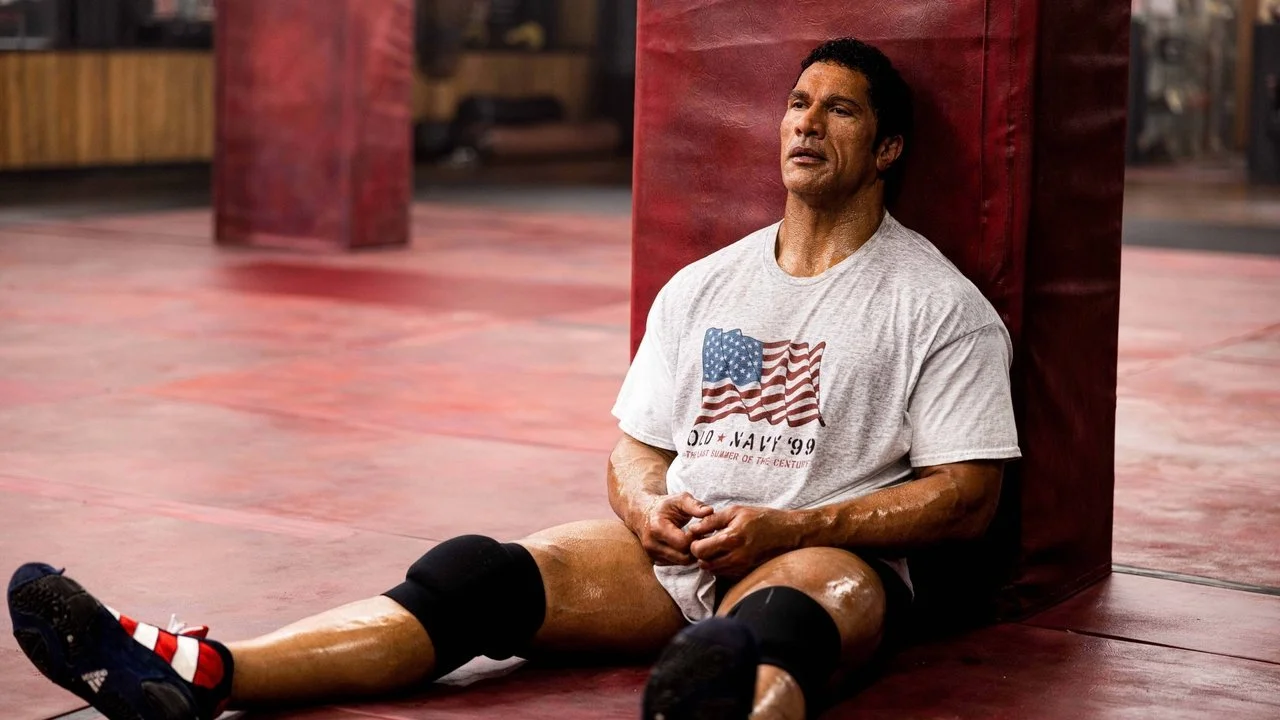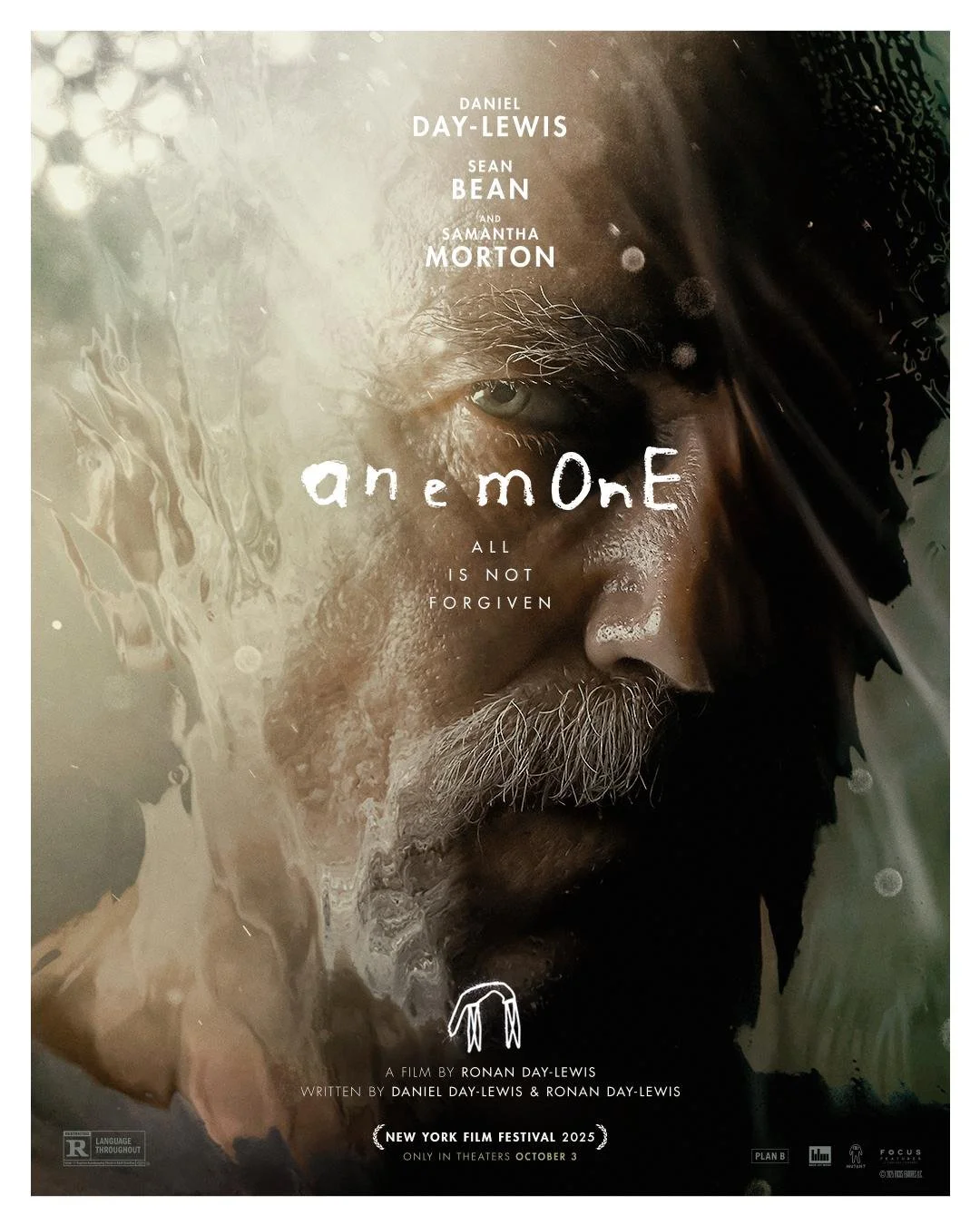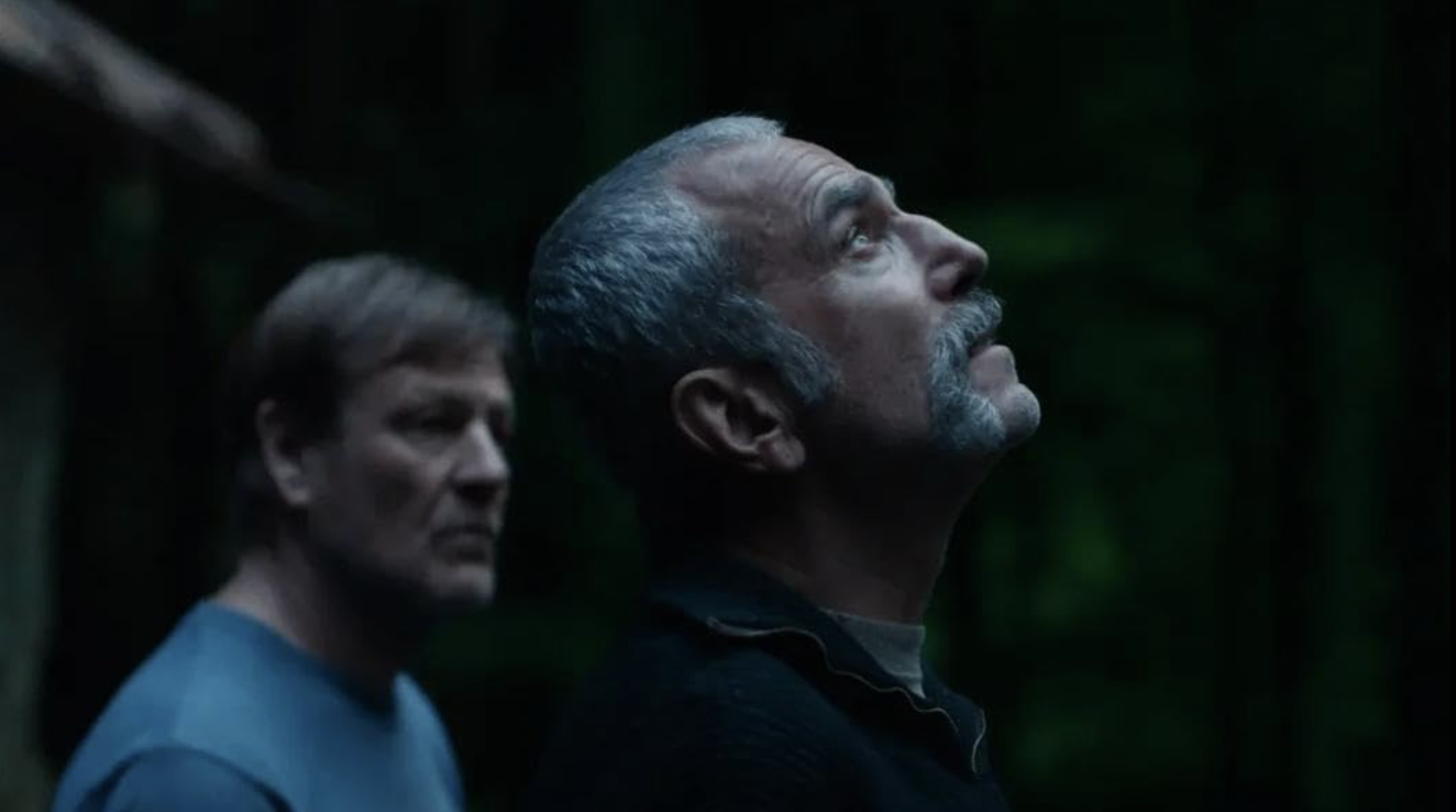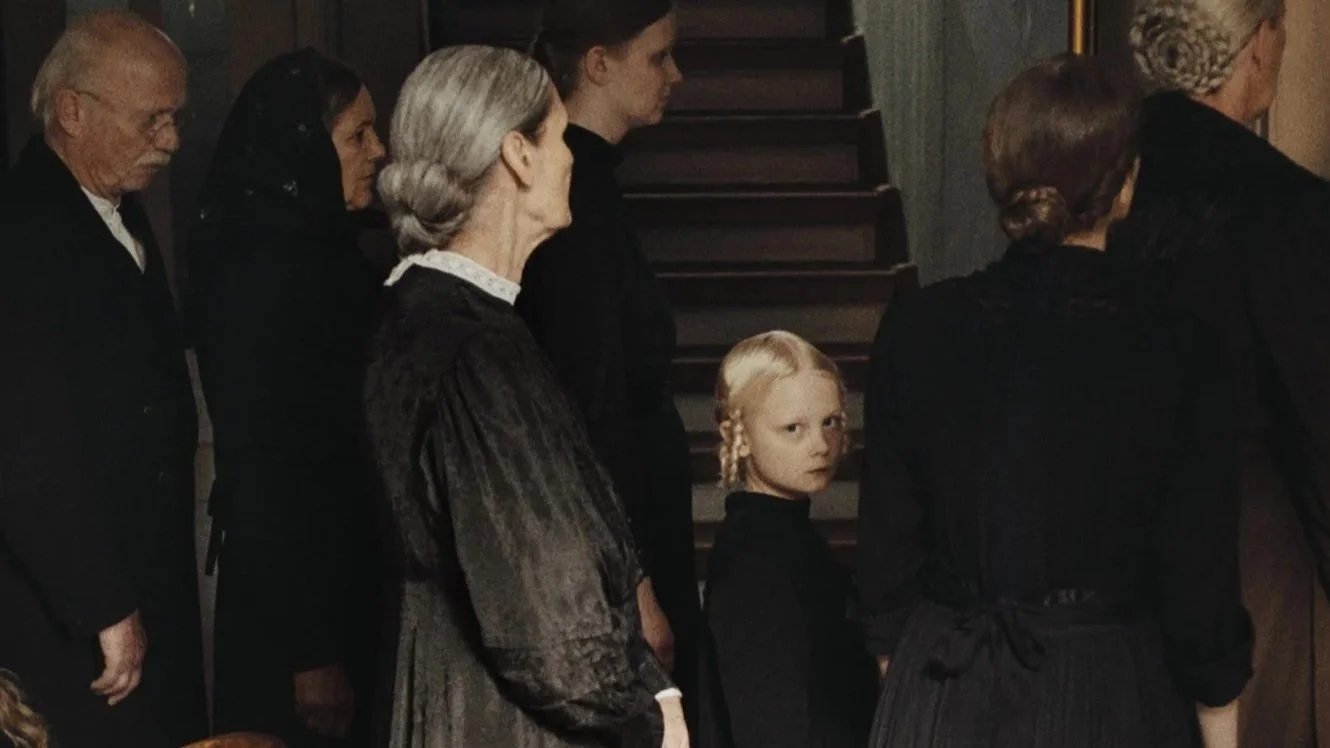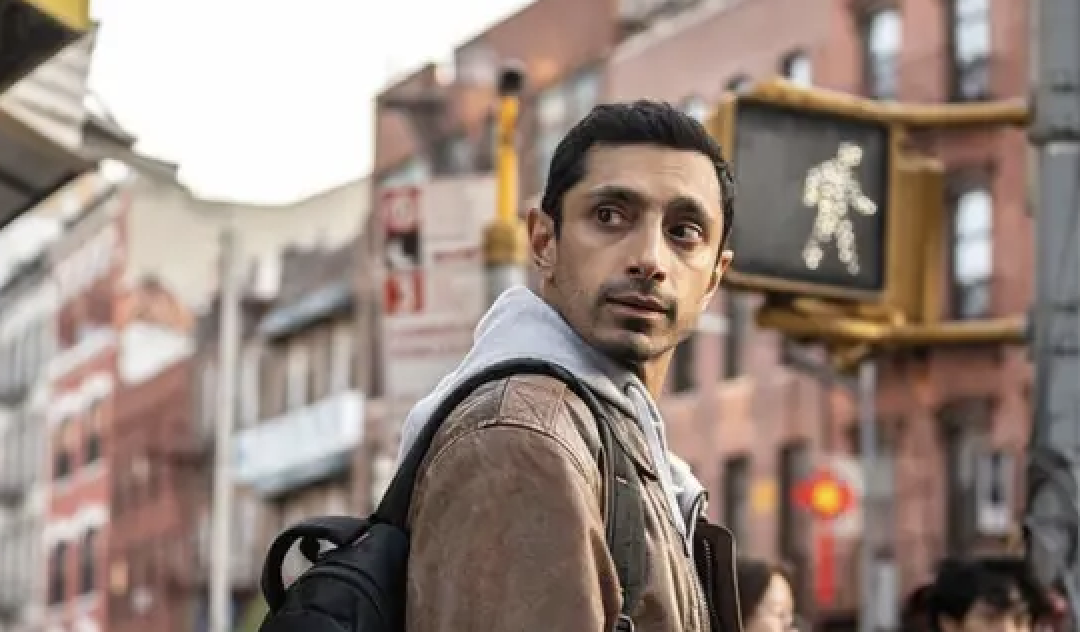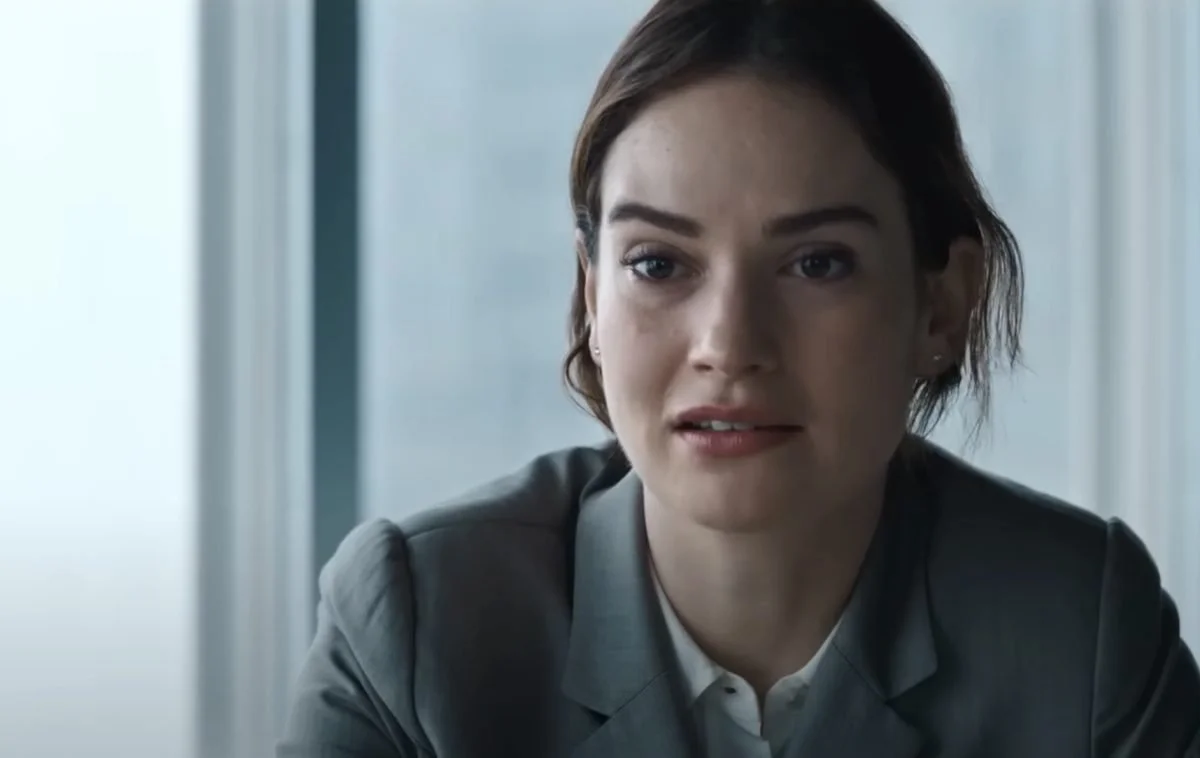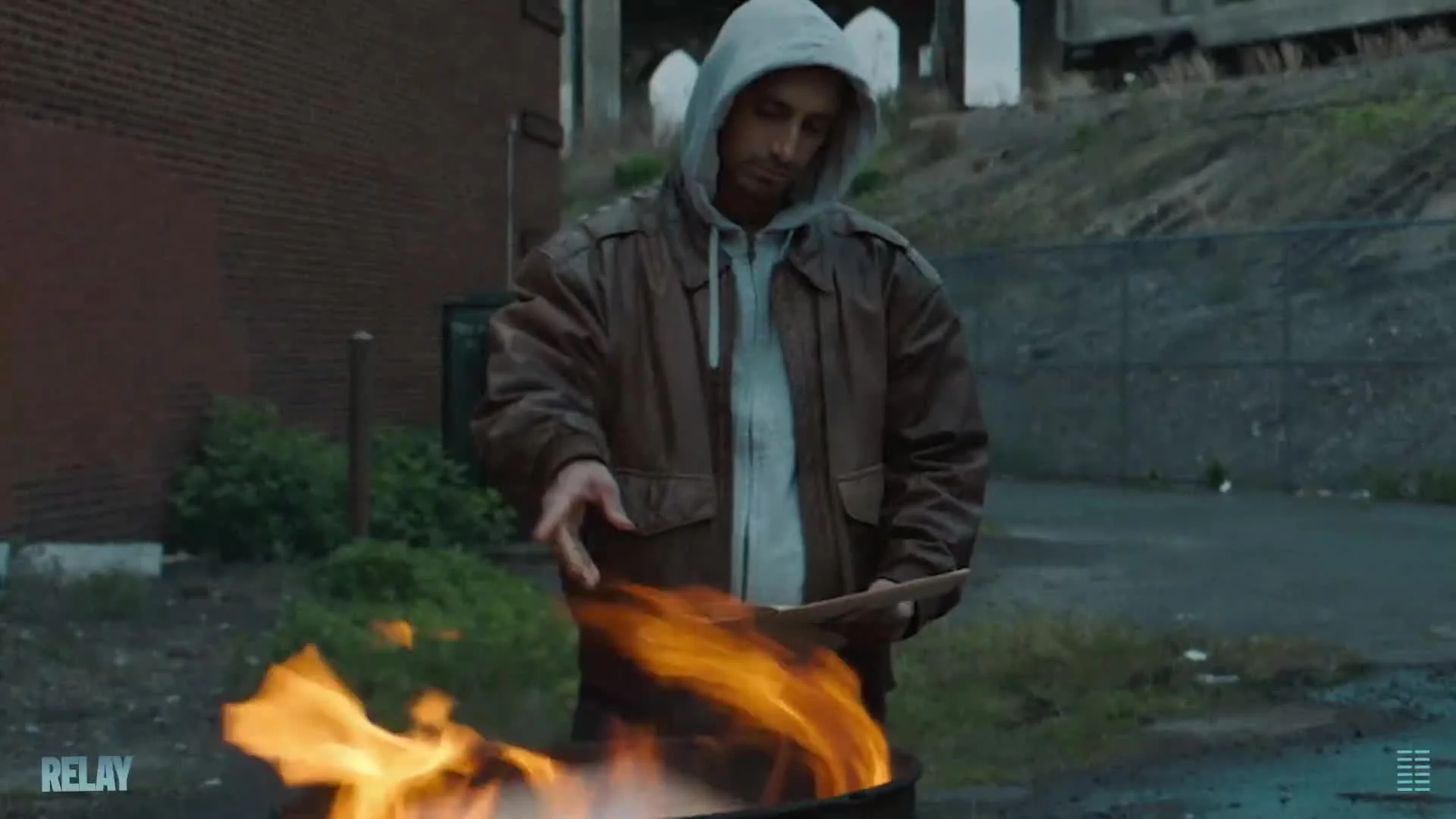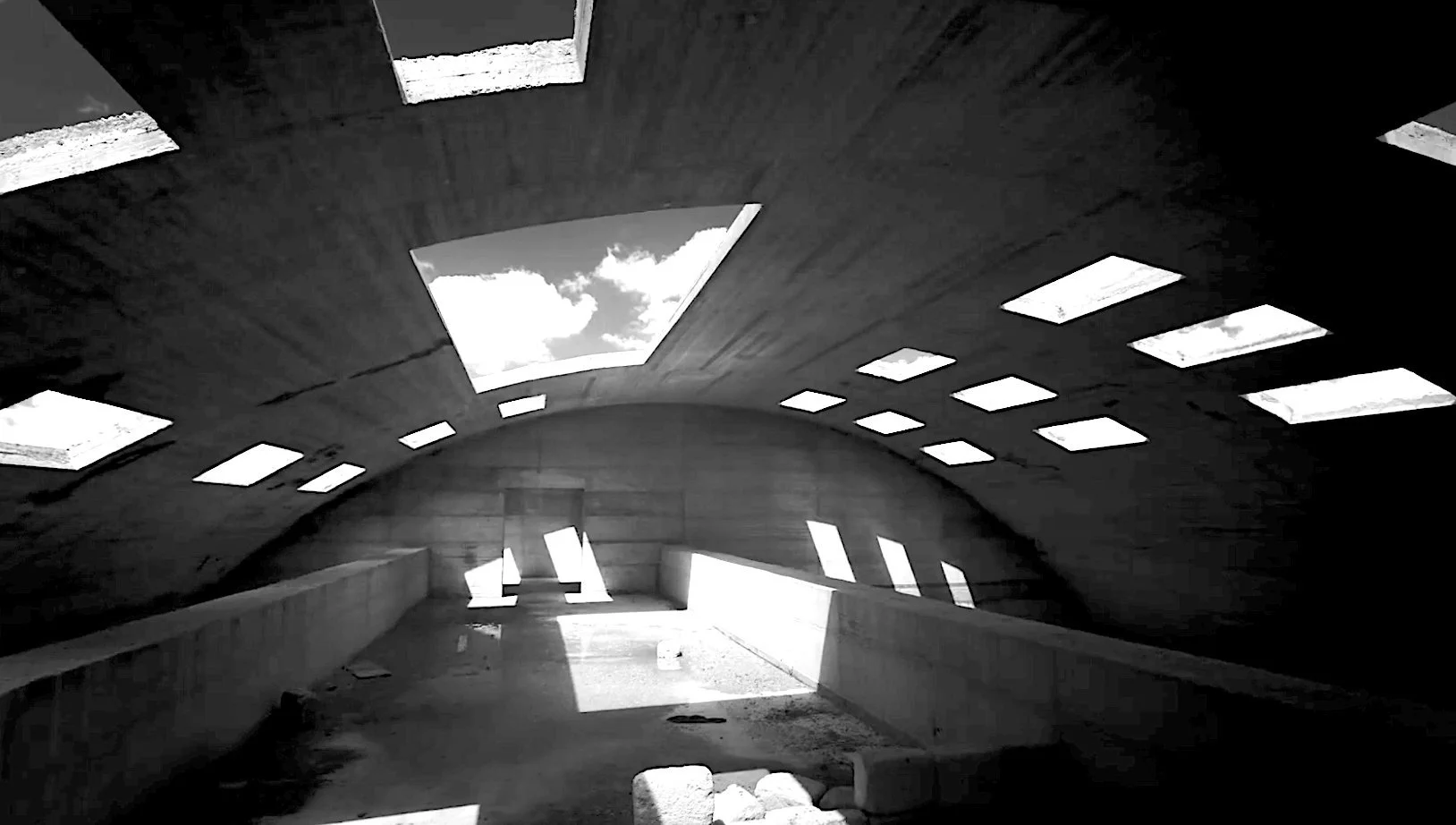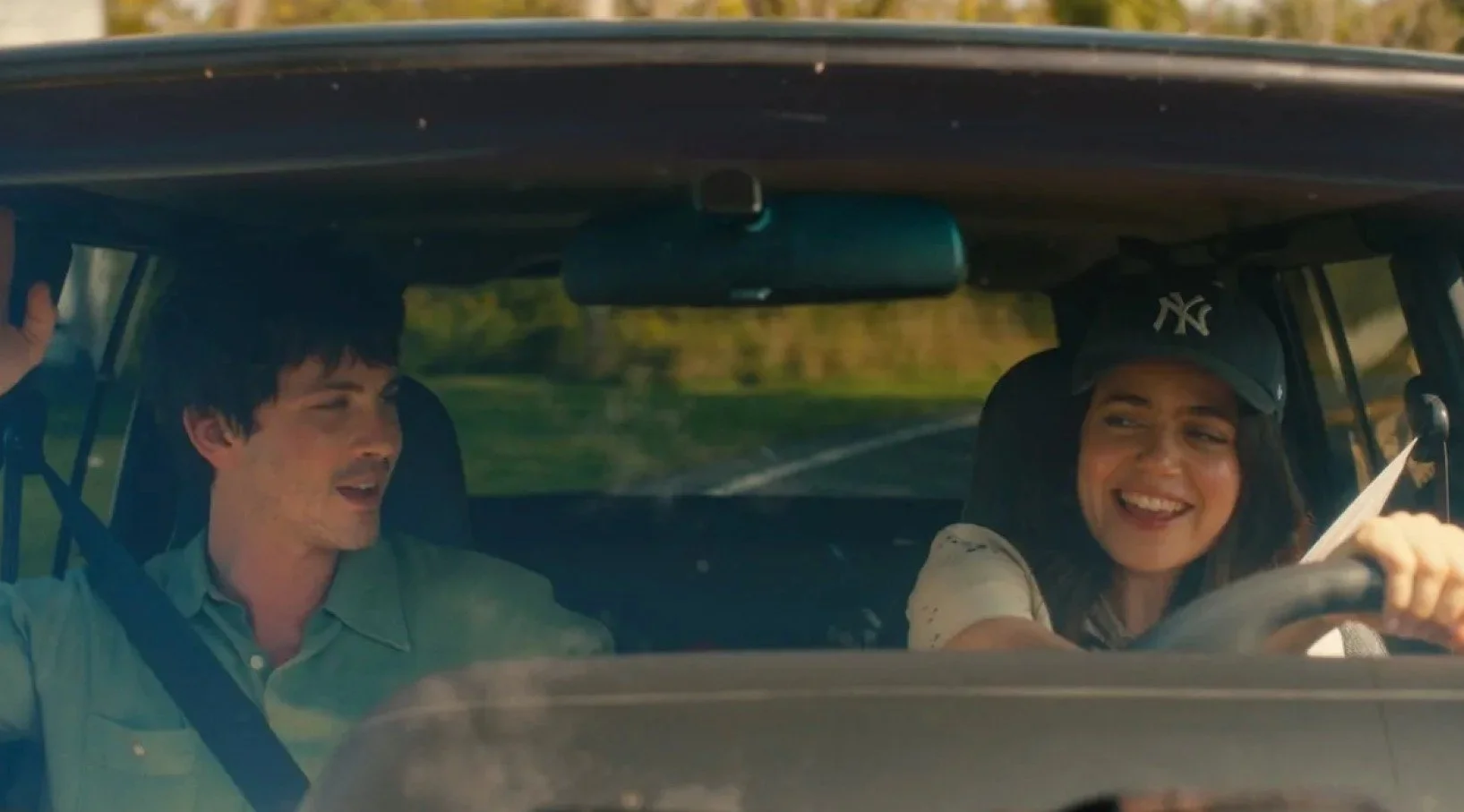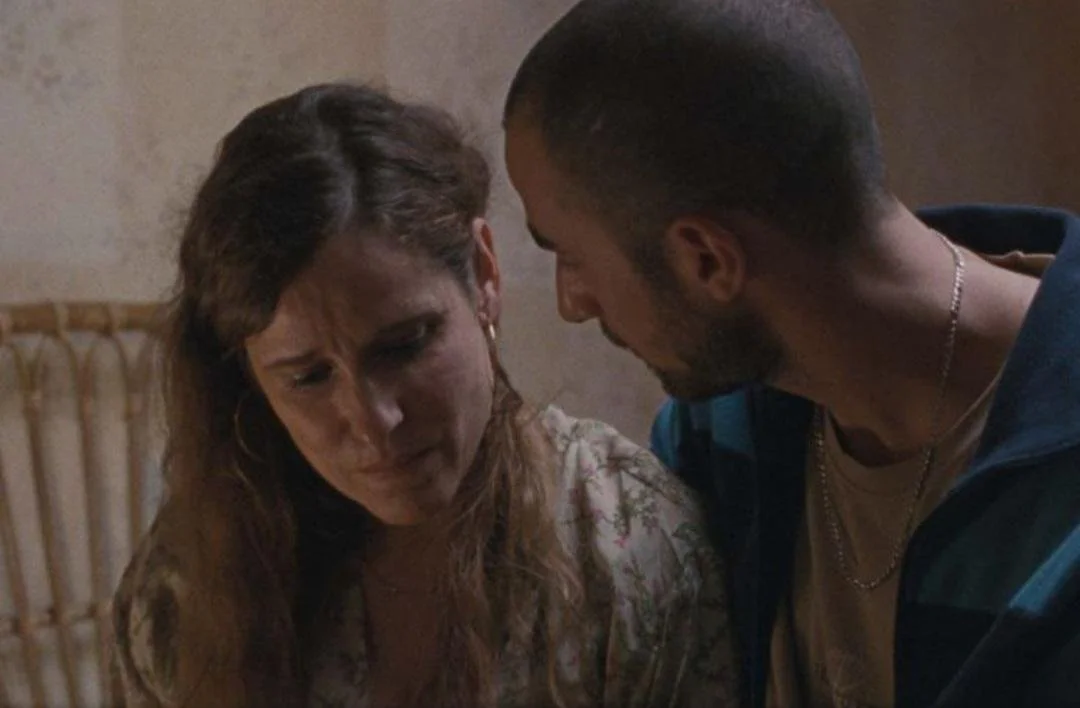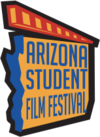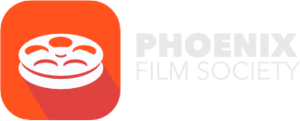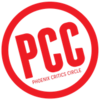Director: Joachim Rønning
Cast: Jared Leto, Greta Lee, Evan Peters, Cameron Monaghan, Jodie Turner-Smith
1h 45m
The original" Tron" (1982) was a landmark film for the Disney company, pioneering computer-generated imagery that created a truly unique, neon-drenched aesthetic, forever influencing science fiction and video game design. "Tron: Legacy" (2010) was a visually stunning sequel that attempted to bridge the past and present, alongside Daft Punk's now-iconic, pulsing electronic score. "Tron: Ares", a visual feast for the eyes, substitutes style over storytelling, bringing a sonic assault on the senses. It's a popcorn cinematic experience, an extended music video, a loud, frantic, and gorgeous bridge of scenes that feels like a science fiction industrial rock music video for legends Nine Inch Nails, complete with Trent Reznor and Atticus Ross's signature blend of heavy synths and menacing rhythms.
The film follows Ares (Jared Leto), an advanced "digital life form" who has crossed the threshold from the computer Grid into the physical, human world. Unlike his predecessors, Ares is not content with simply executing commands. When a hotshot game developer, Julian Dillinger (Evan Peters), discovers that his rival, reclusive CEO Eve Kim (Greta Lee), is searching for and finds the missing pieces to a code that will allow the digital world to exist in the real world, Ares is sent to retrieve the code at all costs. However, against his master's command, he disobeys the order, which leads to a race against time to understand and potentially stop this digital expansion before it destroys the real world.
The phenomenal visual design and soundscape keep "Tron: Ares" from complete collapse. Director Joachim Rønning delivers scene after scene of gorgeous imagery, blending the sleek, digitized designs of the updated Tron universe into the real-world cityscape atmospheres. A light-cycle action sequence, a glowing, frantic race of neon light streams, that adds video game dangers to crowded city streets, slices and dices through cars, and builds unbreakable barriers with every right and left turn. Accompanying this is a pulsing, bass-heavy score, an impressive soundtrack that refuses to let the viewer catch their breath. The music is the film's engine, providing a booming bass with sonic sound tempos that thunder off the big screen. It's an undeniable sonic energy that makes the film feel alive, a kinetic, pulsing rush that keeps the pace fast, fun, and frenzied.
Unfortunately, beyond the dazzling designs and explosive sound, the story within "Tron: Ares" is simplistic and emotionally unsatisfying. The narrative is driven like a video game, with tasks and side quests that characters must accomplish to progress from point A to point B, resulting in minimal character development and little reason to care about what happens to them. They are assigned a simple goal, and they execute it. Stop this, go there, eliminate the threat—simple commands for a simple story. The viewer is merely along for the ride in a step-and-repeat storytelling structure. Without the constant, driving momentum of the visuals and the score, "Tron: Ares" would be a confusing mix of science fiction themes set into action movie mode.
Ultimately, "Tron: Ares" is a visually stunning music video first and foremost, and a confused cinematic story second. It is an amusing, two-hour adrenaline shot if you manage your expectations and surrender to the sheer sensory experience. Go for the popcorn movie setup, turn up the volume, and enjoy the digital light show.
Monte's Rating
2.00 out of 5.00






